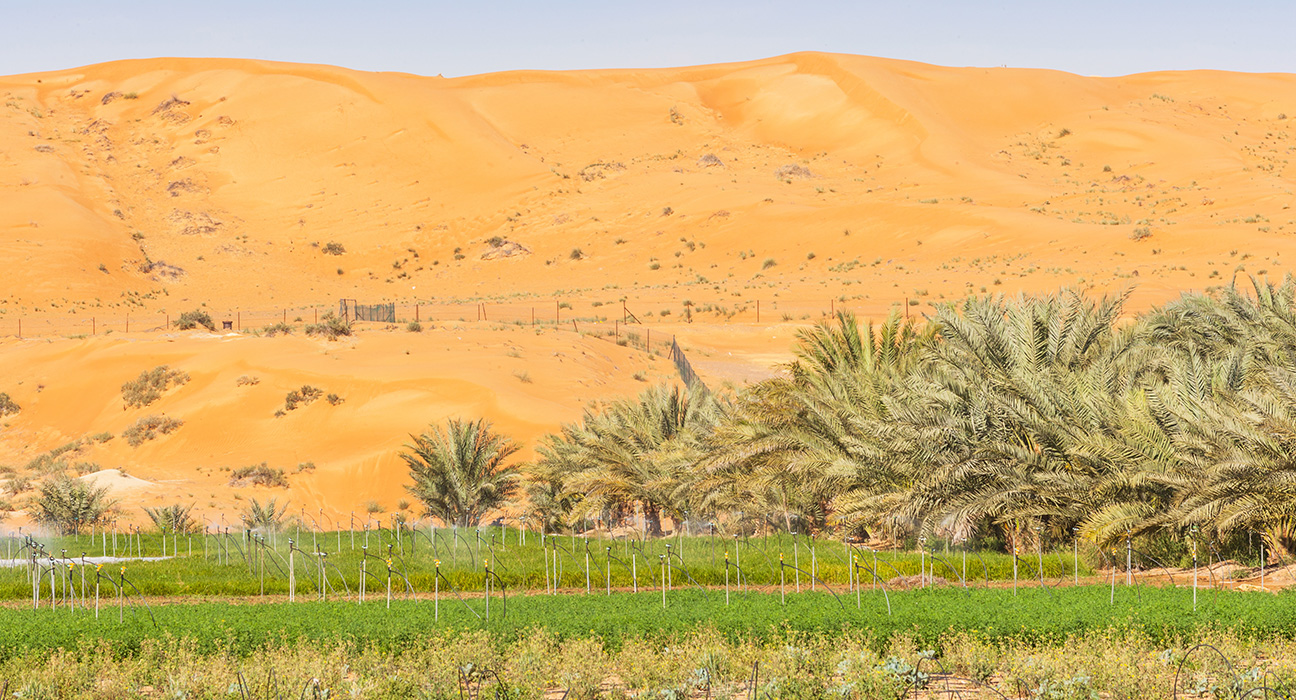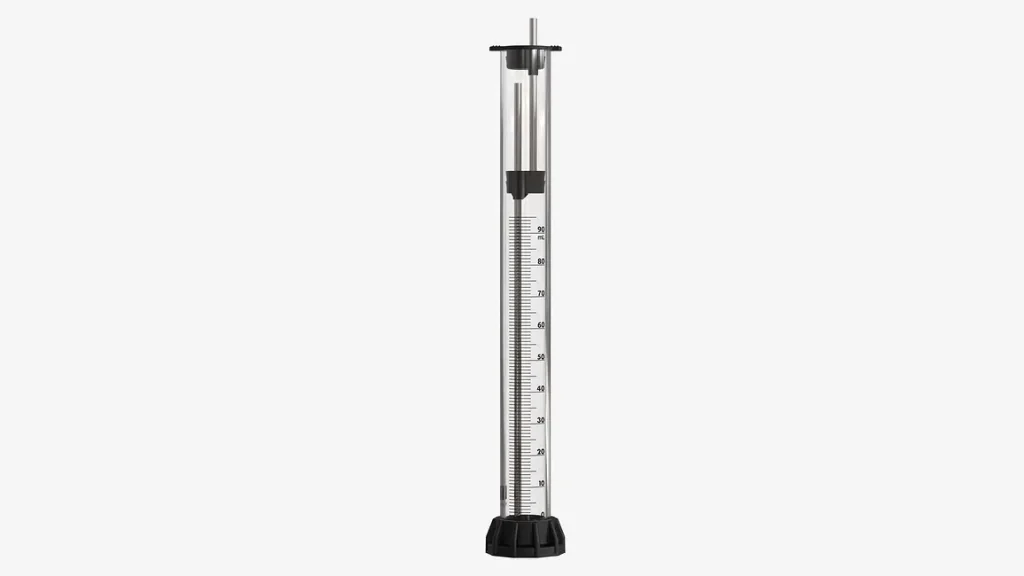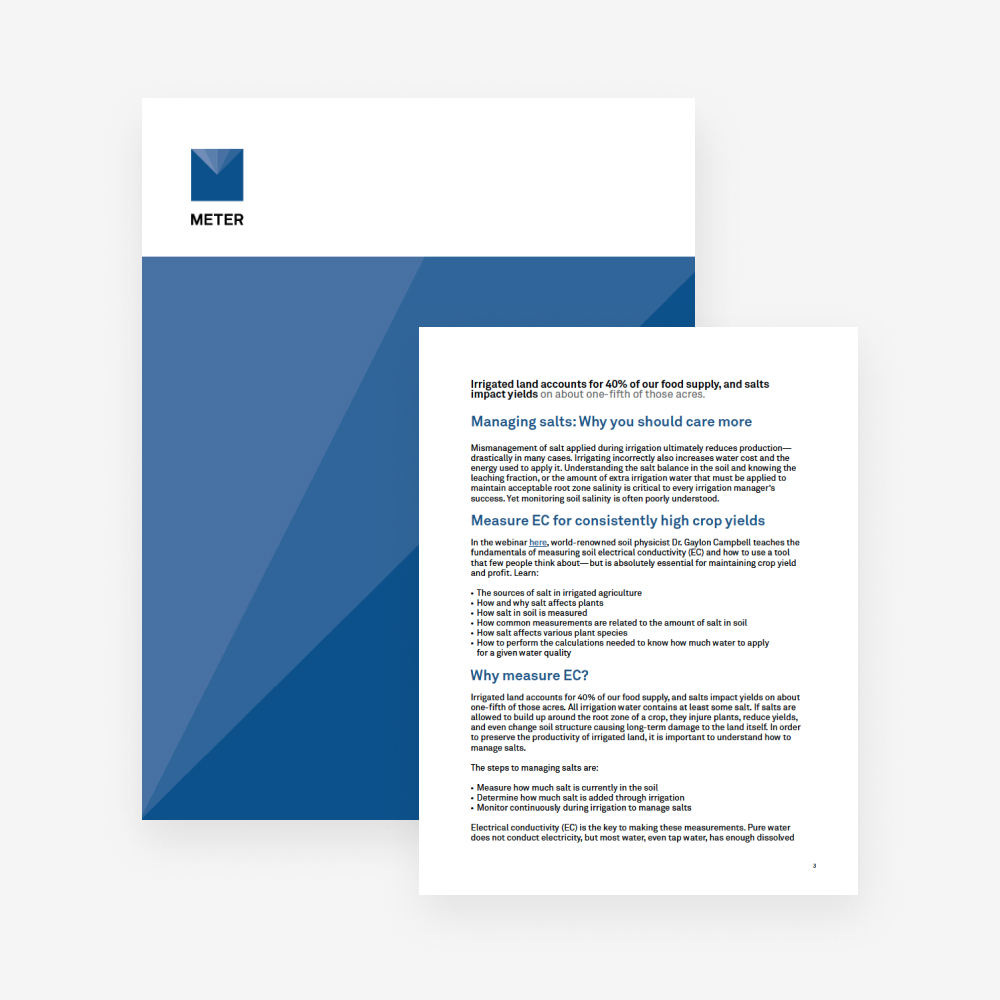Can wastewater save the United Arab Emirates' groundwater?

The hyper-arid United Arab Emirates (UAE) has a rapidly dwindling supply of groundwater, and that water is becoming increasingly saline. With very little recharge and irrigation comprising 75% of groundwater use, natural water resources in this region are disappearing fast.
Dr. Wafa Al Yamani worked for the Environmental Agency of Abu Dhabi, which contracted with Plant and Food Research in New Zealand to investigate using treated sewage effluent and groundwater for irrigating the desert forests along their motorways.
The desert forests
The UAE desalinates all the water for their cities, so the tertiary treated sewage effluent from these cities could be a viable resource, replacing some groundwater for irrigation of the desert forests. These forests perform a wide range of ecosystem services from sand stabilization along all UAE motorways to harboring a great deal of biodiversity. There is also a cultural association with the forests. The original ruler of the UAE, Sheikh Zayed, embarked on a program in the 1970s of “greening the desert,” so the people see the desert forests as a legacy of their founder.
Measuring water use
Dr. Al Yamani and her PhD advisor, Dr. Brent Clothier, had a goal to minimize groundwater use and maximize value by quantifying the irrigation needs of the UAE’s five most important desert-forestry species. They also wanted to determine the impact of treated sewage effluent on forest growth and health. They used METER Mini Disk Infiltrometers to examine how the drip irrigation system worked. Dr. Clothier says, “These soils have hydraulic conductivities of between 2 and 5 meters an hour. They are highly permeable desert sands. We can find out how wide the bulb (the wetted area underneath an irrigation dripper) is and how deep the water will travel by using an infiltrometer to look at the hydraulic properties of the soil.”
Learn more about METER field hydraulic conductivity instruments
Dr. Clothier has also developed software to predict water movement radially, with depth and with the time that the drippers are on. He comments, “We’ve now got a setup of two drippers per tree, and we will use that in the future for modeling how the trees are taking up water from the root zone.”
The scientists used a heat pulse method to measure tree water-use by comparing sap flow with evaporative demand (ETo). They used Time Domain Reflectometry (TDR) to measure soil moisture (water content), and they have developed a “light stick” using light sensors to detect the shadow area of the trees to measure trees’ leaf area in order to predict the crop factor that will enable prediction of tree water-use from ETo.

Infiltrometers predict dripper behavior
Dr. Al Yamani and her team used what they call, “the Ankeny twin head method” for site evaluation with the Mini Disk Infiltrometers, and they’ve been able to use it to predict dripper behavior. They begin with the head at -60 mm, do a series of measurements to measure steady infiltration, and repeat the process at -5 mm. They use those measurements to solve the Woodings equation which has two unknowns: saturated hydraulic conductivity and capillarity.
Dr. Clothier says, “We’ve done it at two heads, and we can use Woodings equation to solve for the slope of the exponential conductivity curve. Hence, I can predict with time, the movement of the wetting front away from the dripper. That’s been very useful to work out what volume of soil we’re wetting. It tells us if we should have one or two drippers. In this forest, we think we can get away with two drippers because if they irrigate for two hours, the radius of the wet front will be 20 cm, and the depth will be about 40 cm, which is a sufficient volume of water for the tree roots.” Dr. Clothier says they also constructed a small dike around the drippers so they could contain the water inside the drip zone in case of hydrophobicity or uneven sand.
Treated effluent resolves salinity issues
Historically, the UAE pumped their sewage effluent into the Arabian Gulf, but recently, there has been a shift toward seeing it as a valuable water resource, not only for the desert forest, but for irrigation of fruit crops and date palms. Dr. Clothier says, “Once we started getting our results we realized we were irrigating with groundwater that had high salinity, about 10 dS/m, and that treated sewage effluent had only 0.5 dS/m. This was an important discovery because with the high salinity groundwater, you have to over-irrigate to maintain a salt leaching fraction. However, when we apply the treated sewage effluent, we immediately see a response in the trees because it has 1/20th of the salt load.”
Dr. Clothier did note that there is one problem with the trees responding so well to the sewage effluent. The treated sewage effluent makes the trees grow taller and faster, so if the ecosystem service you want from the desert forest is that they’re 4 to 6 meters high, it becomes an issue. He adds, “This is actually a positive problem, because we can now induce deficit irrigation, thereby creating a larger resource of treated sewage effluent in order to irrigate far more forests.”
What’s the future?
Dr. Clothier says they started with a pilot study in the UAE in 2014, and it was so successful that they ended up with two fully-funded four-year projects, one on treated sewage effluent, and one investigating the irrigation of date palms. He says they have another 3 ½ years of work in the UAE on these projects, and in the end, their goal is to develop a model for forestry irrigation and soil salinity management, along with developing capability for the measurement and modeling of irrigation impacts on sustainable forestry. They have recently developed a prototype of a computerized decision support tool for irrigation which will provide sustainable irrigation advice to optimize water use. The support tool takes into account the need to maintain salt leaching, and actual irrigation records can be entered to enable real-time use.

Case studies, webinars, and articles you’ll love
Receive the latest content on a regular basis.